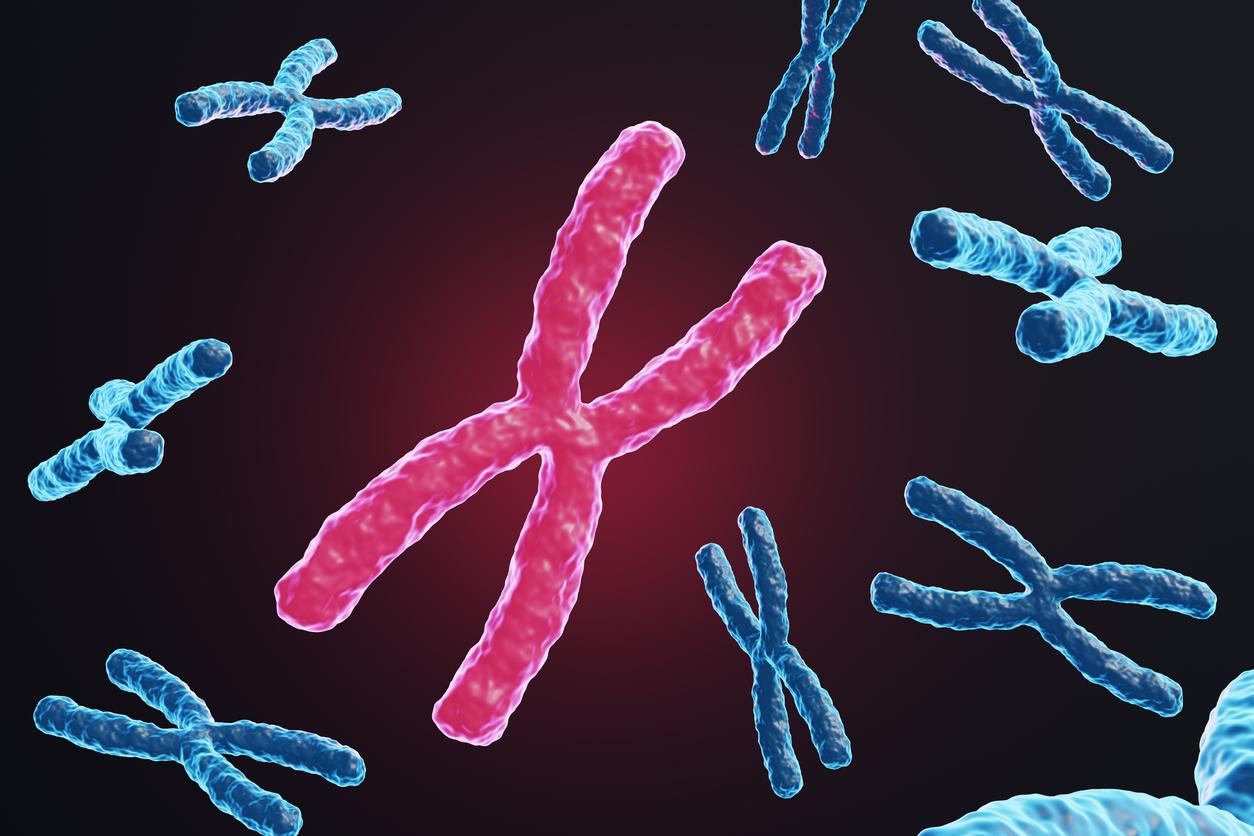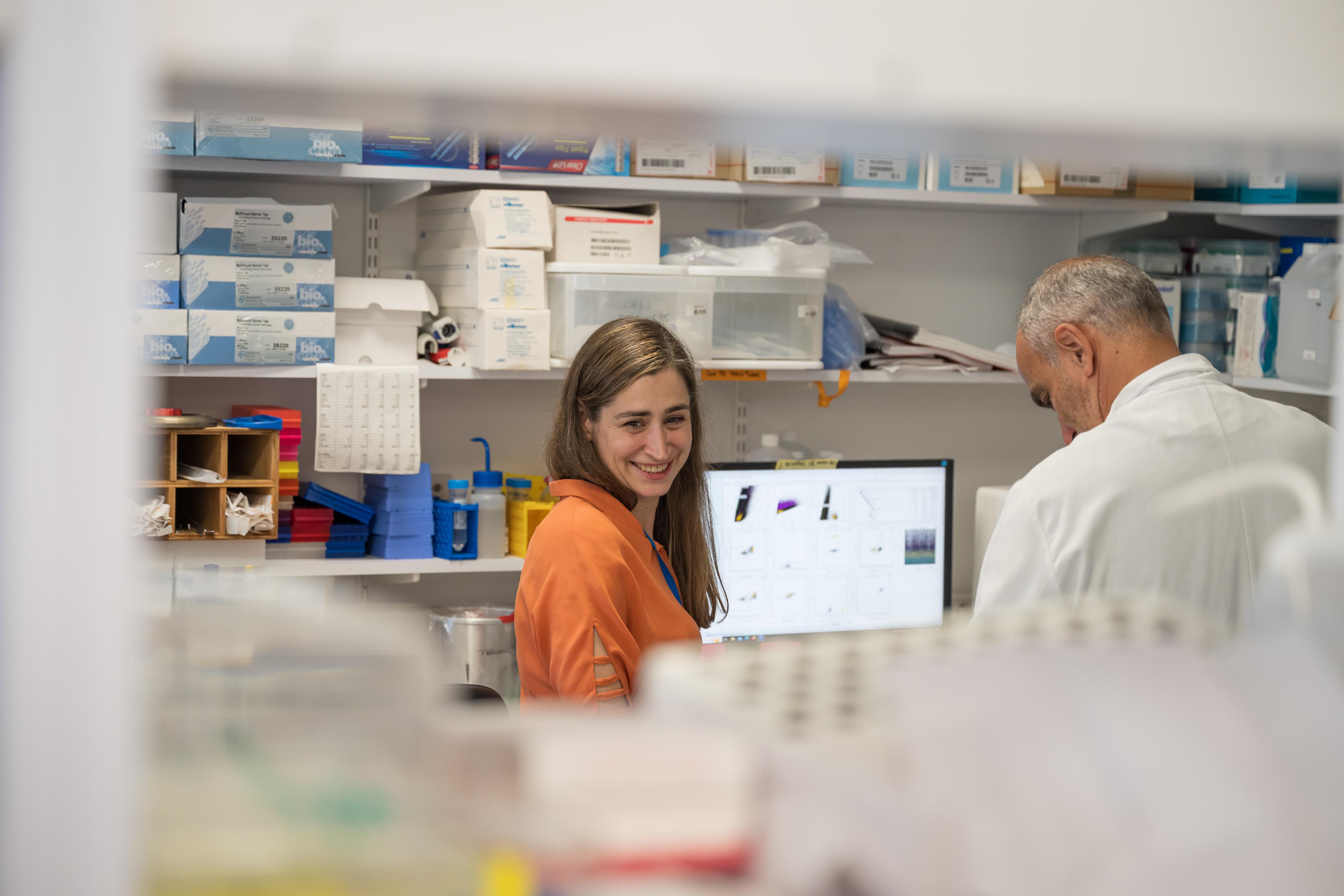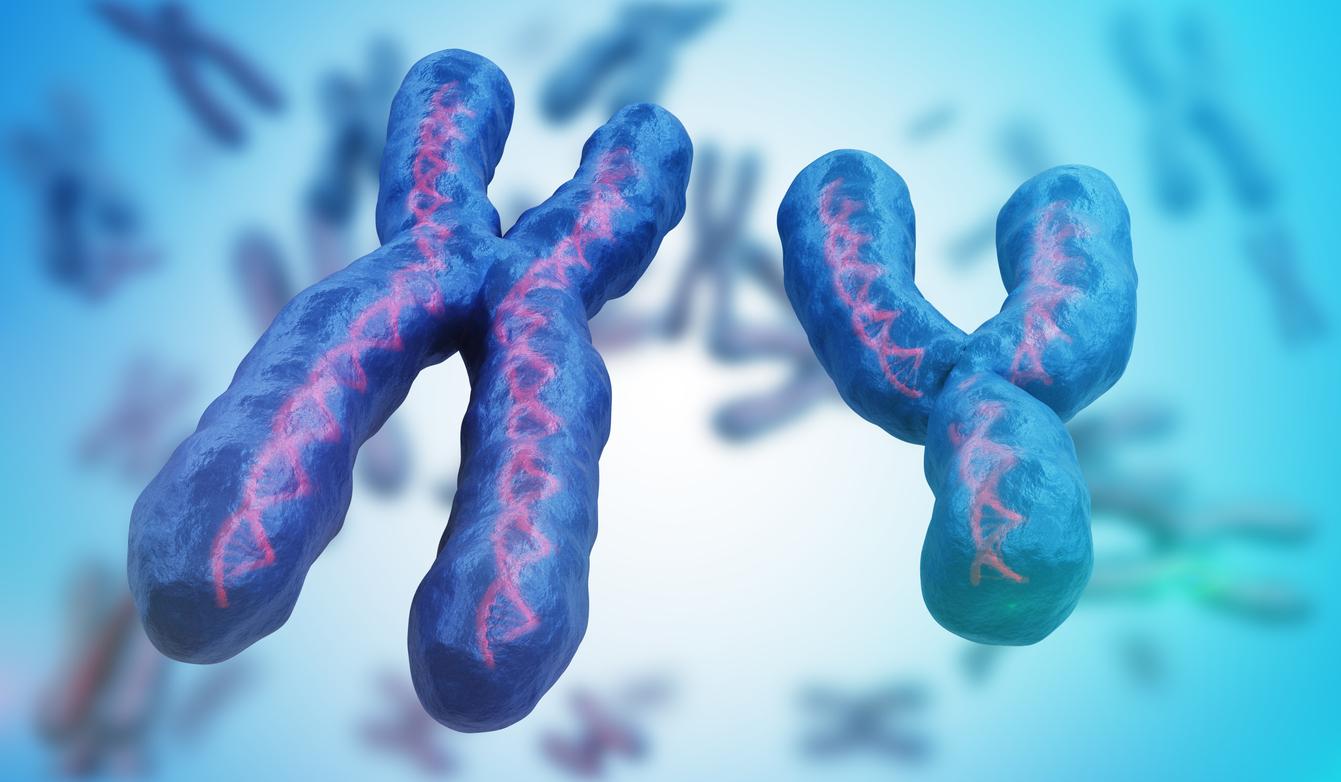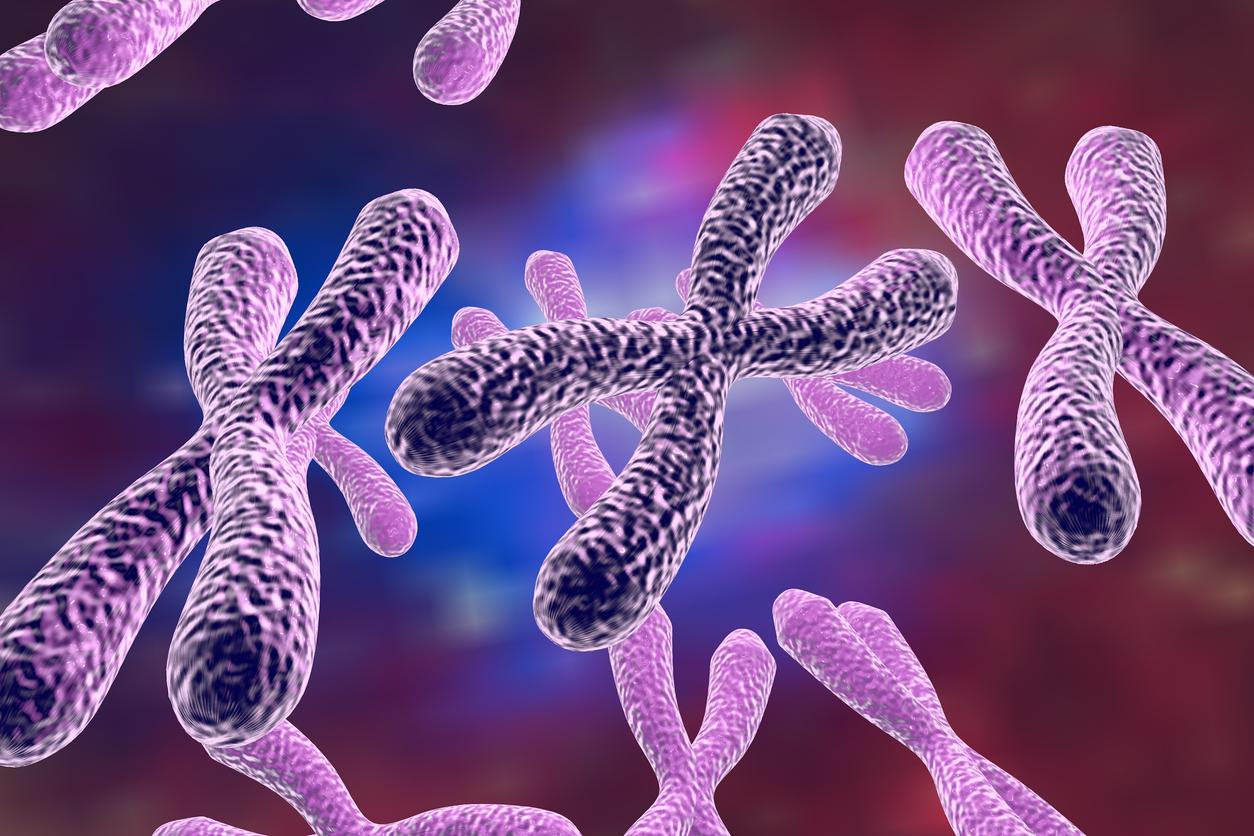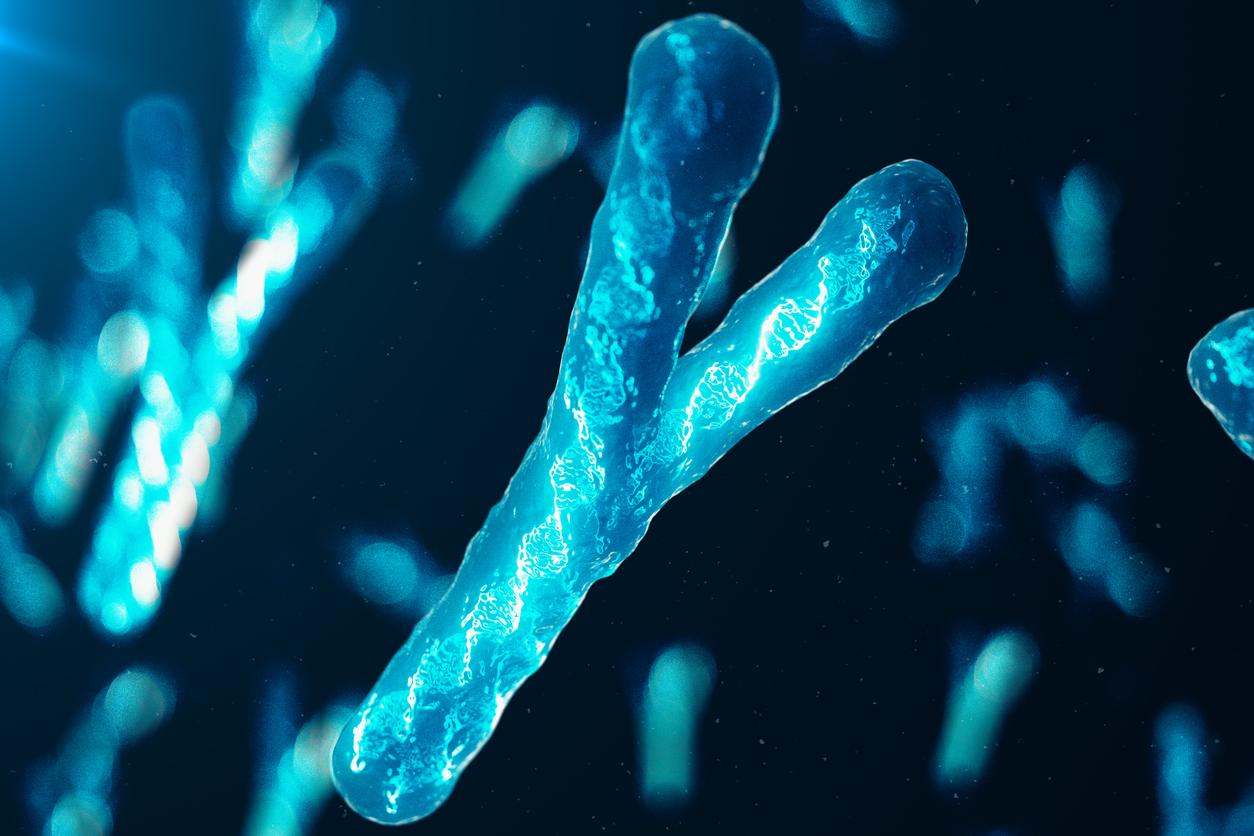Nine months after its adoption at first reading in the National Assembly, the bill on bioethics is back in the Chamber. Gynecologist Pia de Reilhac, president of the FNCGM, sheds light on the challenges of preimplantation diagnosis of aneuploidies (PGD-A).
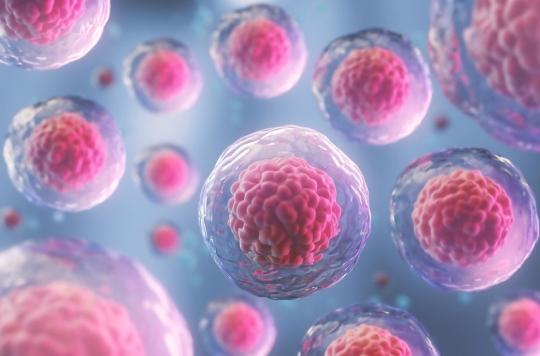
The second reading of the bioethics law in the National Assembly, which ends this Friday, July 31, addresses the legalization of preimplantation diagnosis of aneuploidies (PGD-A), now banned in France. Gynecologist Pia de Reilhac, president of the FNCGM, brings elements of understanding to this complex debate.
Can you explain to us what preimplantation diagnosis consists of? aneuploidies (DPI-A)?
The preimplantation diagnosis of aneuploidies (PGD-A) makes it possible to detect a chromosomal abnormality in the embryo. We take a piece of trophoblast, which is the outer layer of cells that surround the embryo, and draw up the karyotype. The photograph of the unborn baby’s genetic map can then be analyzed.
From there, one can see the presence or absence of one or more extra copies of a chromosome. In the case of an additional chromosome, it is for example a trisomy, and two of a tetrasomy. We then speak of “aneuploidy”, that is to say that the embryo has an abnormal number of chromosomes.
What is it for ?
Aneuploidy is a common cause of embryo implantation failures in utero.
When we were heard by the Senate and the Assembly, we proposed the legalization of the preimplantation diagnosis of aneuploidies for women following a course of PMA, in order to prevent them from implanting an embryo which will lead them to a miscarriage. The idea was to avoid additional psychological suffering for them, because a course of PMA is generally trying.
The risk of miscarriage in women following an assisted reproduction course is all the greater since they are generally of an advanced age to conceive.
The right denounces “a sorting of embryos”. Is it correct ?
Yes, the preimplantation diagnosis of aneuploidies does allow embryo sorting.
Opponents of the measure fear a “eugenic drift”. What do you think ?
It is complicated. You have to know how far you can go, and where you should stop, because without supervision, eugenic drift does indeed exist.
The preimplantation diagnosis of aneuploidies makes it possible, for example, to eliminate embryos carrying the fragile X syndrome*, which can lead to problems of understanding, because the baby will have an IQ a little lower than the average. But people with fragile X syndrome can live very well: they work, get married, have children… Same debate for 47,XYY syndrome, better known as killer syndrome, characterized by the abnormal presence a second Y chromosome. Affected individuals will have difficult growth, but will generally live quite well.
Abnormalities are part of nature, and removing them can spark a race for the perfect child.
Are we heading towards “a systematic elimination of Down’s syndrome”, as the young mother of a child with Down’s syndrome denounces in the Instagram post below?
Concerning trisomy 21, part of our population does not do screening during pregnancy, because for some couples it is unthinkable to abort a baby with trisomy. So it’s not the majority of people, of course, but all the same, it should be pointed out that it exists.
On this point, we proposed during our hearings that trisomy 21 should not be screened for during the preimplantation diagnosis of aneuploidies, because this research is proposed during pregnancy. But people are understandably afraid that if researchers do PGD-A, they will have access to all abnormalities in the embryo anyway, and potentially want to eliminate anyone with a problem, including including trisomy 21.
And then, we talk a lot about trisomy 21, but what do we do if we are in the presence of a future baby with trisomy 18? Ninety percent of babies with this disorder die before they are one year old, but 5 to 10 percent survive their first year of life.
A word in conclusion?
Personally, I think that we should not extend the preimplantation diagnosis of aneuploidies (PGD-A) to everyone, but remain focused on women following a course of ART.
*”In order to promote a better understanding of the situation of people affected by fragile X syndrome, I would like to react to the words of Mrs. Pia de Reilhac concerning the example cited in the interview and which suggests that people affected by this disease live an ordinary life.
Regarding fragile X syndrome, it is important to distinguish between two situations that have a very different impact on people’s lives.
The first concerns pre-mutated people, which means that they are carriers of the genetic anomaly and are likely to transmit it to their descendants. These people lead a life close to normality, as Ms. Pia describes it: they get married, work, have children.
It should be noted that a significant percentage of them will be affected by premature ovarian failure, and/or FXTAS (neurological impairment of the parkinsonian type).
The second situation to take into account concerns people affected by fragile x syndrome in complete mutation, i.e. more than 15,000 people diagnosed in France. The disease is characterized by intellectual disability ranging from mild to severe, associated with behavioral disorders and autistic manifestations.
We can therefore easily imagine the impact on the lives of people living with this disability and their families.
Most of these people work in ESAT or are cared for in social medical establishments. Their life as a couple is very rare and requires strong support for day-to-day management. As for the fact of becoming parents, in thirty years of existence of the association “fragile X France le Goéland, we have never known any.
Christine Kieffer, President Fragile X France.
Website: xfra.org”
.







